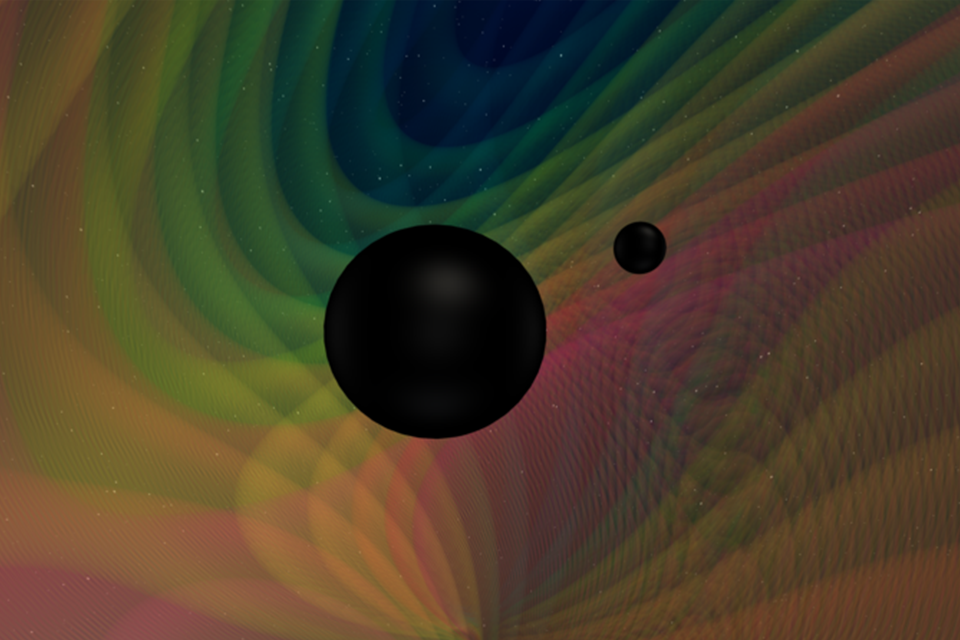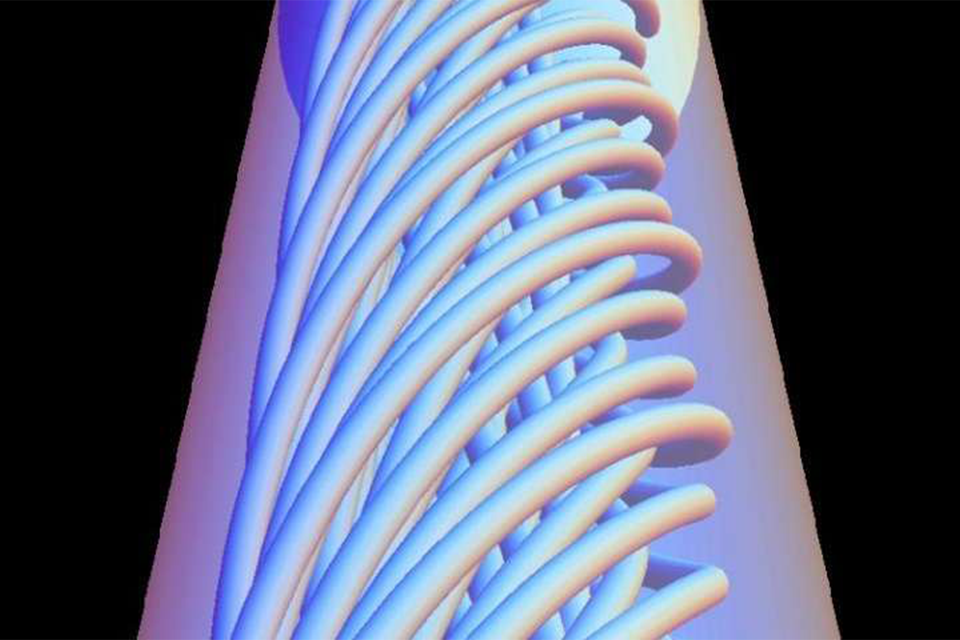Animals are key to restoring the world’s forests
As UN climate talks close in Egypt and biodiversity talks begin in Montreal, attention is on forest restoration as a solution to the twin evils roiling our planet. Forests soak up atmospheric carbon dioxide and simultaneously create habitat for organisms. So far, efforts to help forests bounce back from deforestation have typically focused on increasing one thing—trees—over anything else. But a new report uncovers a powerful, yet largely overlooked, driver of forest recovery: animals.




